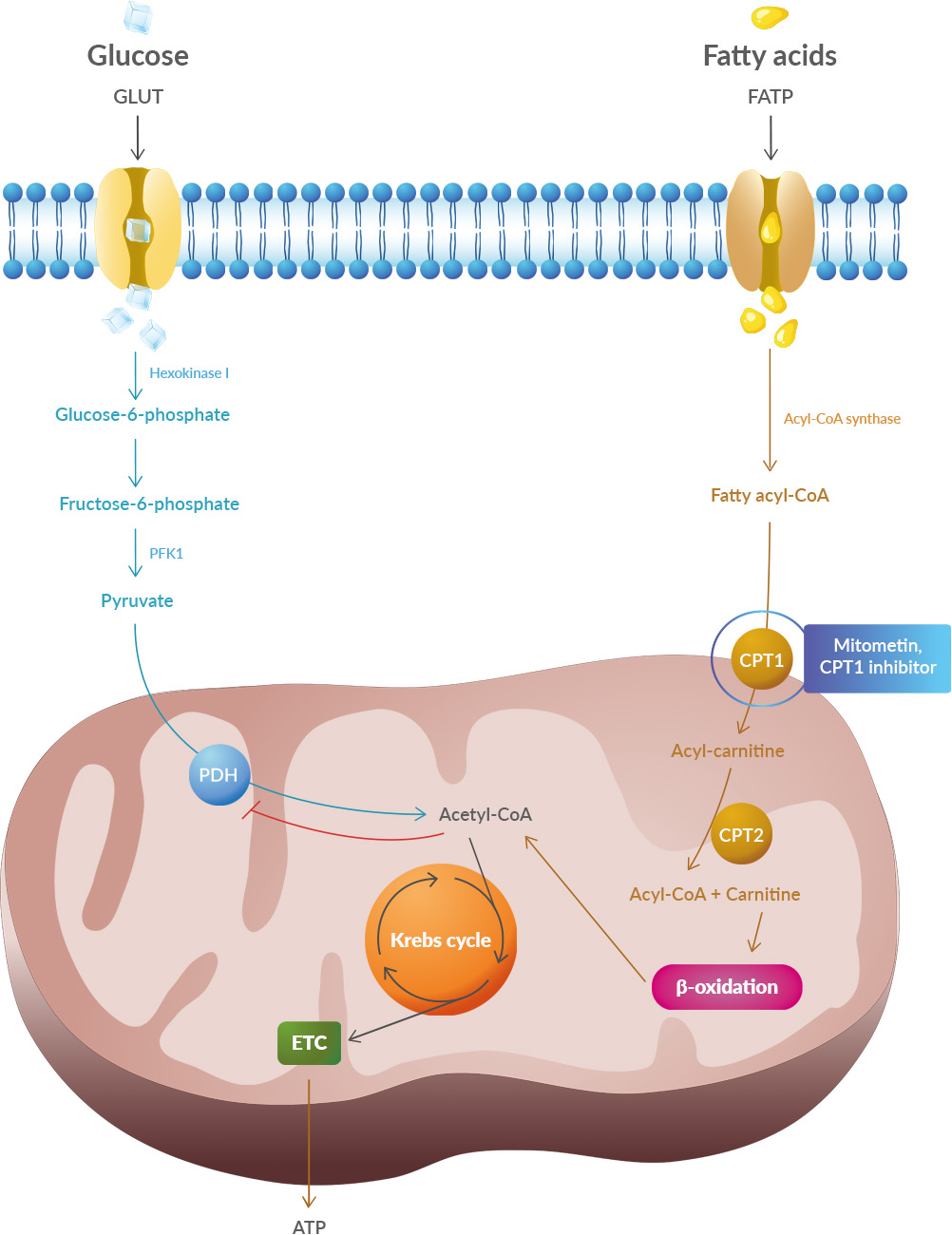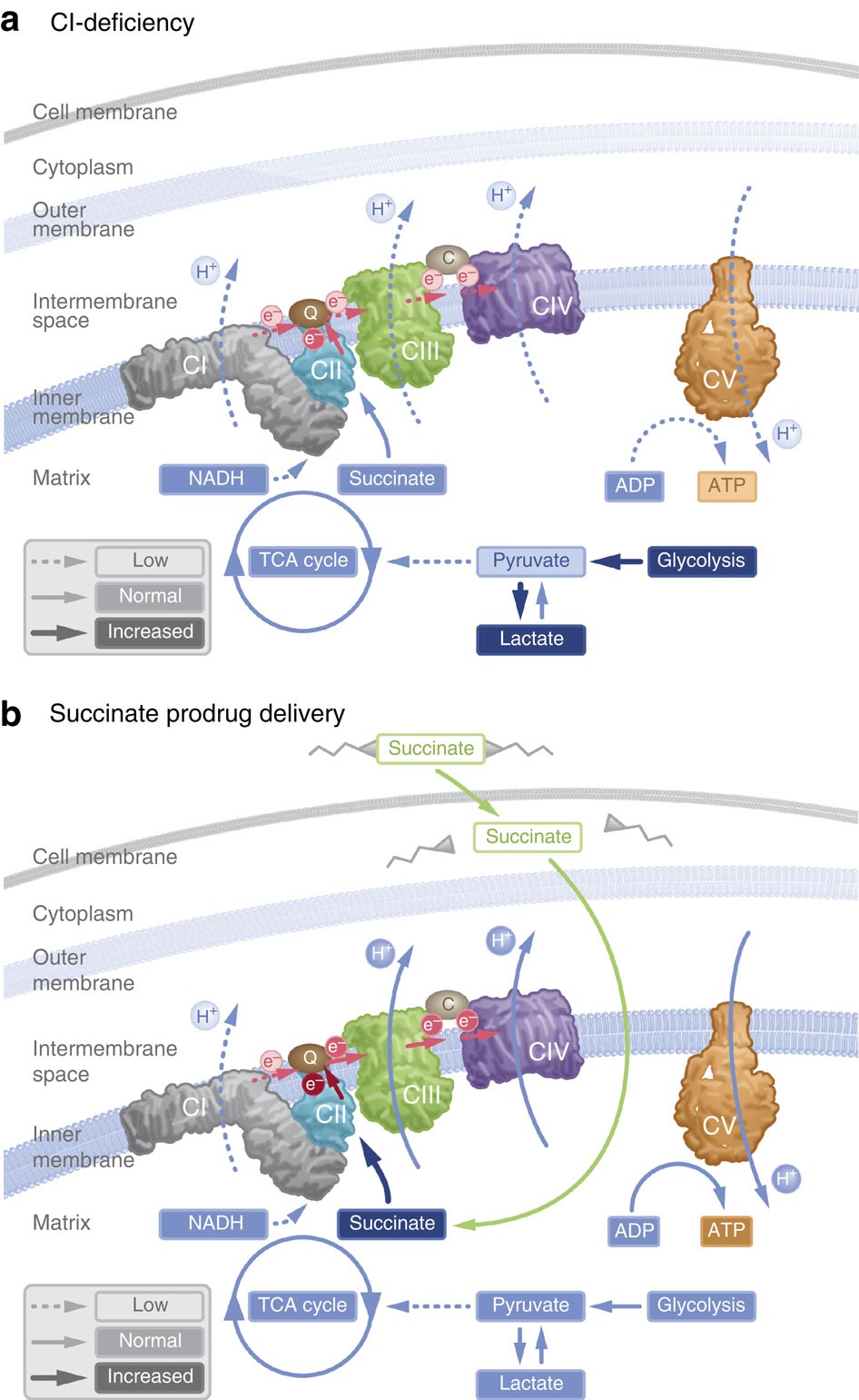Atrial fibrillation is a risk factor for stroke and multiple forms of dementia, including Alzheimer’s disease.
 The exact reasons why atrial fibrillation (a common heart disease) increases dementia risk aren't fully understood, but there are likely several factors involved. Some of these factors directly cause damage, while others increase the chances of getting dementia over time. These factors include tiny blood blockages and bleeding in the brain's small blood vessels. Small strokes you might not even notice, reduce blood flow to the brain, increase long-term inflammation, and lead to shrinkage of brain tissue.
The exact reasons why atrial fibrillation (a common heart disease) increases dementia risk aren't fully understood, but there are likely several factors involved. Some of these factors directly cause damage, while others increase the chances of getting dementia over time. These factors include tiny blood blockages and bleeding in the brain's small blood vessels. Small strokes you might not even notice, reduce blood flow to the brain, increase long-term inflammation, and lead to shrinkage of brain tissue.
"Silent strokes" seem to be especially important because they're found in up to a quarter of atrial fibrillation patients. In these cases, dementia develops because of damage to the brain's tissues caused by a stroke or a temporary lack of blood flow (transient ischemic attack). So, by preventing these silent strokes, we can also reduce the risk of getting dementia or slow it down. This is why using blood thinners (anticoagulants or anticoagulants) is so important for people with atrial fibrillation.
Catheter ablation of atrial fibrillation is a minimally invasive procedure used to treat atrial fibrillation, a heart condition that causes irregular heart rhythm. Catheter ablation is typically an option for people with atrial fibrillation that is not controlled by medications or who experience significant side effects from medications. It is not a cure for atrial fibrillation, but it can significantly improve symptoms and quality of life for many people.
During the procedure, a thin, flexible tube called a catheter is inserted into a blood vessel in the groin and threaded up to the heart. The catheter uses radiofrequency energy or extreme cold (cryoablation) to create tiny scars on the heart tissue in the areas where the abnormal electrical signals originate. These scars block the faulty electrical signals, preventing them from spreading through the atria and causing irregular heartbeats.
However, studies of atrial fibrillation did not consistently report on the influence of periprocedural anticoagulation and long-term use of anticoagulants on dementia risk.
Swedish scientists evaluated the protective effect of atrial fibrillation ablation in a large cohort who received optimized anticoagulation and compared them with patients whose cases were recorded in the Swedish Patient Register.
They studied the cases of 5,912 patients who underwent first-time catheter ablation for atrial fibrillation between 2008 and 2018 and compared them with 52,681 control individuals from the Swedish Patient Register. The majority of patients were on anticoagulants. The mean follow-up time of those patients in the Swedish Patient Register was 5 years.
The Swedish authors found that catheter ablation and anticoagulation treatment were associated with a lower risk of dementia diagnosis compared with the control group. The result was similar when including patients with a stroke diagnosis, which tends to confirm the vascular origin of these cases of dementia.
These results are in line with similar findings in other countries.

 What could be the mechanism between increased lactate and decreased pH?
Lactate is a byproduct of metabolism and it is an acid, hence the acidification of pH. Neuronal activity relies heavily on glucose for energy. Under normal conditions, oxygen is readily available, and glucose is broken down through aerobic respiration, producing ATP (energy) with minimal lactate as a byproduct. However, during periods of high neuronal activity or limited oxygen supply, cells shift to anaerobic metabolism, relying more on glycolysis. This process produces more lactate as a byproduct.
What could be the mechanism between increased lactate and decreased pH?
Lactate is a byproduct of metabolism and it is an acid, hence the acidification of pH. Neuronal activity relies heavily on glucose for energy. Under normal conditions, oxygen is readily available, and glucose is broken down through aerobic respiration, producing ATP (energy) with minimal lactate as a byproduct. However, during periods of high neuronal activity or limited oxygen supply, cells shift to anaerobic metabolism, relying more on glycolysis. This process produces more lactate as a byproduct. Improving cognition using a simple probiotic would be an extraordinary result due to its simplicity of implementation.
Improving cognition using a simple probiotic would be an extraordinary result due to its simplicity of implementation.
 Studies have shown that oxidative stress and endoplasmic reticulum stress are correlated and can lead to protein misfolding (Abramov et al., 2020). Accumulation of misfolded proteins causes cellular damage and mitochondrial dysfunction and is associated with a range of neurodegenerative diseases, including ALS (misfolded SOD1, TDP-43, C9orf72) (McAlary et al., 2020), Parkinson's disease (misfolded α-synuclein) and Alzheimer disease (misfolded Aβ and Tau) (Abramov et al., 2020).
Studies have shown that oxidative stress and endoplasmic reticulum stress are correlated and can lead to protein misfolding (Abramov et al., 2020). Accumulation of misfolded proteins causes cellular damage and mitochondrial dysfunction and is associated with a range of neurodegenerative diseases, including ALS (misfolded SOD1, TDP-43, C9orf72) (McAlary et al., 2020), Parkinson's disease (misfolded α-synuclein) and Alzheimer disease (misfolded Aβ and Tau) (Abramov et al., 2020). A new article aims to show that in the case of Zika viruses,
A new article aims to show that in the case of Zika viruses,  In particular, supplementation with dimethyl succinate, a substrate bypassing the inhibited step in the TCA cycle, suggests a potential therapeutic strategy to mitigate mitochondrial dysfunction in Alzheimer's disease. Dimethyl succinate (DMS), a membrane-permeant form of succinate, could serve as a pro-drug to provide substrate to the next enzymatic step in the TCA cycle, succinate dehydrogenase (SDH).
In particular, supplementation with dimethyl succinate, a substrate bypassing the inhibited step in the TCA cycle, suggests a potential therapeutic strategy to mitigate mitochondrial dysfunction in Alzheimer's disease. Dimethyl succinate (DMS), a membrane-permeant form of succinate, could serve as a pro-drug to provide substrate to the next enzymatic step in the TCA cycle, succinate dehydrogenase (SDH). The authors believe that an impaired blood-brain barrier allows immune cells from the body to pass through, which leads to the activation of microglia in the central nervous system. Scientists point out that immune processes intensively consume energy, therefore glucose, and therefore insulin resistance slows down immune processes.
The authors believe that an impaired blood-brain barrier allows immune cells from the body to pass through, which leads to the activation of microglia in the central nervous system. Scientists point out that immune processes intensively consume energy, therefore glucose, and therefore insulin resistance slows down immune processes.